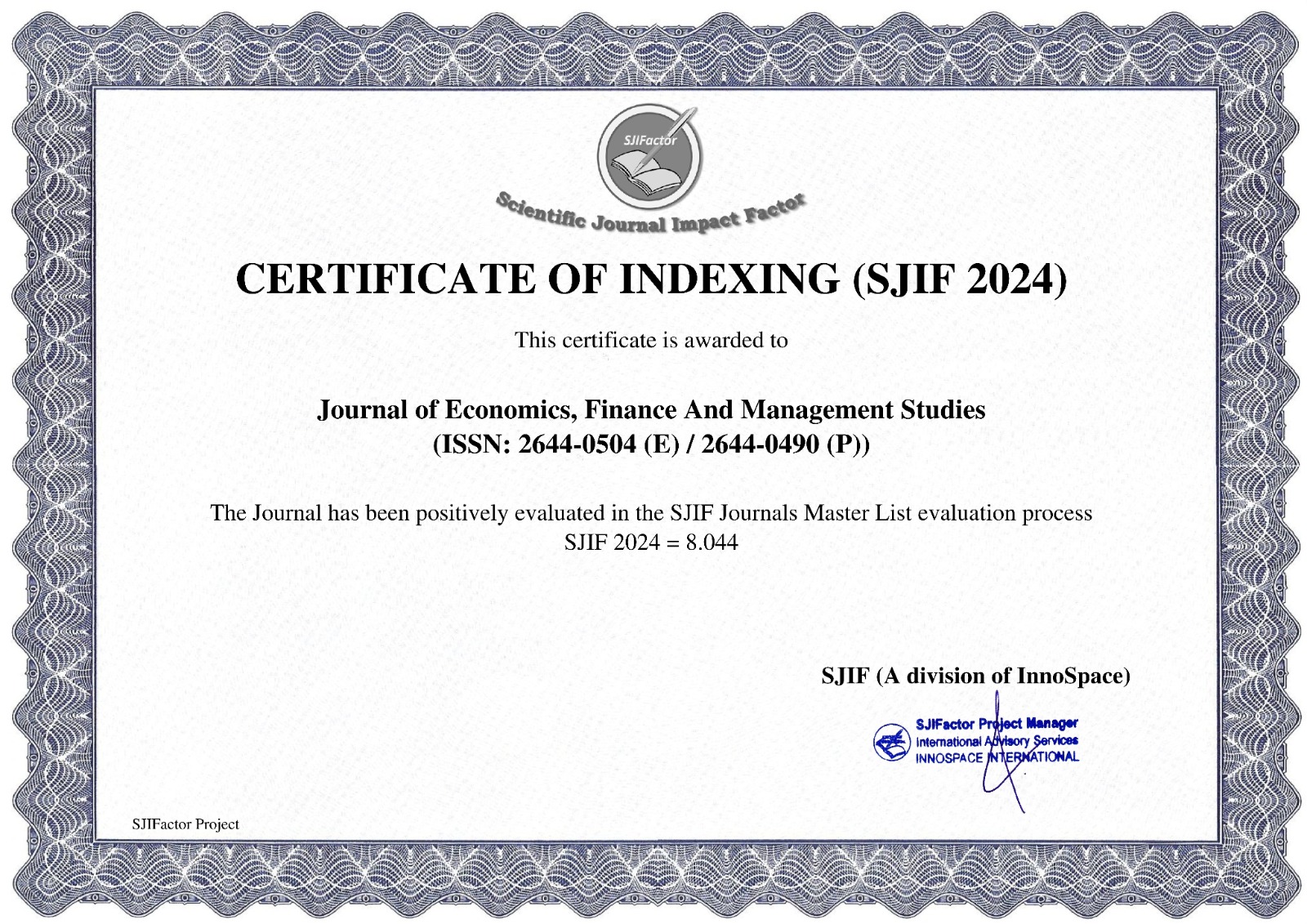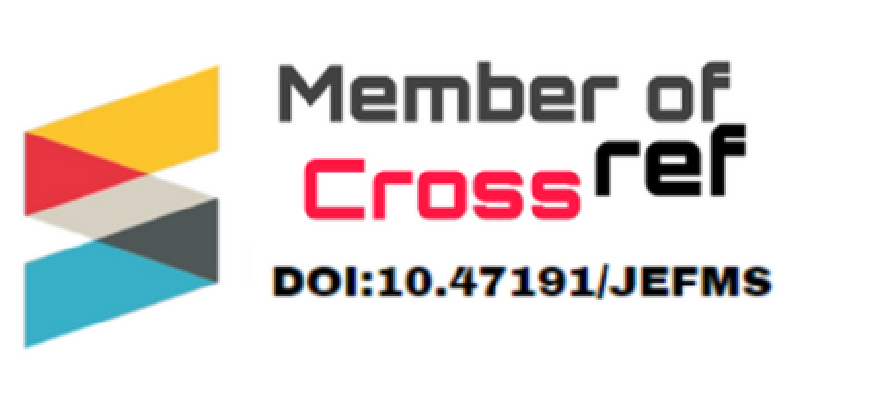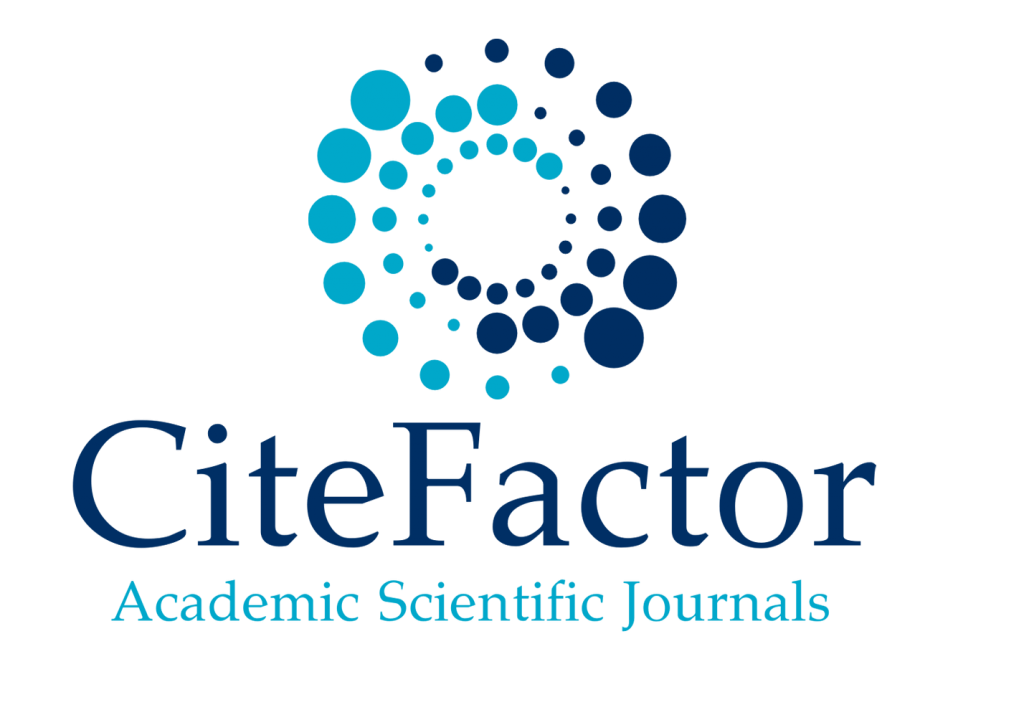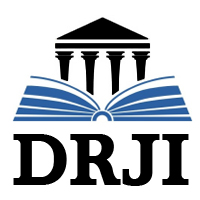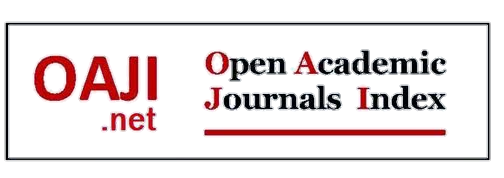E-Tax Collection on Revenue Generation in Ondo State, Akure, Nigeria
1OLAYEYE, Folasade Funmilola, 2ADEDEJI, Elijah Adeyinka
1,2Department of Project Management Technology, School of Logistics and Innovation Technology The Federal University of Technology, Akure. Ondo State, Nigeria
https://doi.org/10.47191/jefms/v8-i1-64ABSTRACT:
This study evaluated the influence of Electronic-Taxation on revenue-generation in Ondo State from 2019 to 2023 with a view to understand the methods and process of e-taxation. The collected data were grouped into two: pre and post-e-tax periods. The two sets of data were compared using a pre post analysis technique of statistic. Findings from the study revealed that before the implementation of electronic taxation, revenue generation reported from state accumulated revenue was below average, while the tax revenue and other taxes significantly improved after e-taxation and e-tax was successfully implemented. Thus, the electronic policy worked to improve revenue generation in the economy while identified loopholes that engendered. Corruption will greatly affect the progress of the system, if not properly checked. It was recommended amongst others that the government through the Ondo State internal revenue service’s conduct more enlightenment seminars in all the local governments of the State, Increase the knowledge of the use of electronic services on their platform, block all identifiable 1oopholes and pronounce a severe punitive action on tax corruptions in the economy.
KEYWORDS:
Electronic-Taxation, Internal revenue, Accumulated revenue, Tax revenue and tax corruptions
REFERENCES:
1) Adeyemi, J. A., (2015). Tax Administration and Revenue Generation of Lagos State Government, Nigeria. Research Journal of Finance and Accounting.
2) Barako G. (2022,) Efficacy of ITAX System on Tax Administration in Kenya. (MBA, Research Project University of Nairobi)
3) Chattopadhyay, S. and Das-Gupta, A. (2012) The Compliance Cost of the Personal Income Tax and Its Determinants. Report to the National Institute of Public Finance and Policy, New Delhi.
4) Chijioke, N. O., Leonard, I. A., Bossco, E. O., & Amaefule, H. C. (2018). Impact of E-Taxation on Nigeria’s Revenue and Economic Growth: A Pre - Post Analysis, International Journal of Finance and Accounting, 7(2), 19-26
5) Daniel, D., (2022). A framework for enhancing adoption of e-tax service in Tanzania. http://hdl.handle.net/! 1192/2053
6) Dowe, I. (2018). Determinants of tax revenue: A comparative study of direct taxes and indirect taxes of Pakistan and India. International Journal of Business and Social Science, 2(19), 173- 177.
7) Gideon, Z., & Alouis, M. (2023). Systems, Processes and Challenges of Public Revenue Collection in Zimbabwe. American International Journal of Contemporary Research, 3(2).
8) Kiring’a S. E. and Jagongo A.O. (2017). Impact of Online Tax Filing on Tax Compliance among Small and Medium Enterprises in Kibwezi Sub-County, Kenya. International Journal of Current Research, 9(01), 45196-45206, ISSN: 0975-833X.
9) Maisiba, M. & Atambo, L. (2016). The Effects of Revenue System Modernization on Revenue Collection at Kenya revenue. (M.Sc., Research Project, University of Nairobi).
10) Micah, Leyira & Ebere, Chukwuma & Umobong, Asian. (2022). Tax System in Nigeria - Challenges and the Way Forward. Research Journal of Finance and Accounting.
11) Muita, E.W. (2022). Factors that Influence Adoption and Use of E-Filing System of Kenya Revenue Authority among the Large Taxpayers, (Unpublished MBA Project submitted to the JKUAT Nairobi Central Business District Campus).
12) Newman U. R. & Eghosa O. E. (2022) Electronic taxation in Nigeria: challenges and prospects.
13) Nisar, T., (2016). Implementation constraints in social enterprise and community Public Private Partnerships. International Journal of Project Management. 31. 638-651. 10.1016/j.ijproman.2012.08.004.
14) Onaolapo, A. A. Fasina, H. T. and Adegbite, T. A. (2013/ The analysis of the effect of petroleum profit tax on Nigerian economy. Asian Journal of Humanities and Social Sciences (AJHSS), 1(1), 26-37.
